Guest writer: Miss Lopez
Not long ago, I walked the pilgrimage route to Santiago de Compostela, and I am very grateful for that experience. I grew up in A Coruña, which is a half-hour drive away, and I studied law at the University of Santiago de Compostela in Spain.
I have never worked as a lawyer since I moved to Sweden, but the lesson has always stayed with me. Galicia is also my home country and will always be in my heart. I want to honour my beloved mother, who passed away a few months ago and who also comes from this country where I was born.
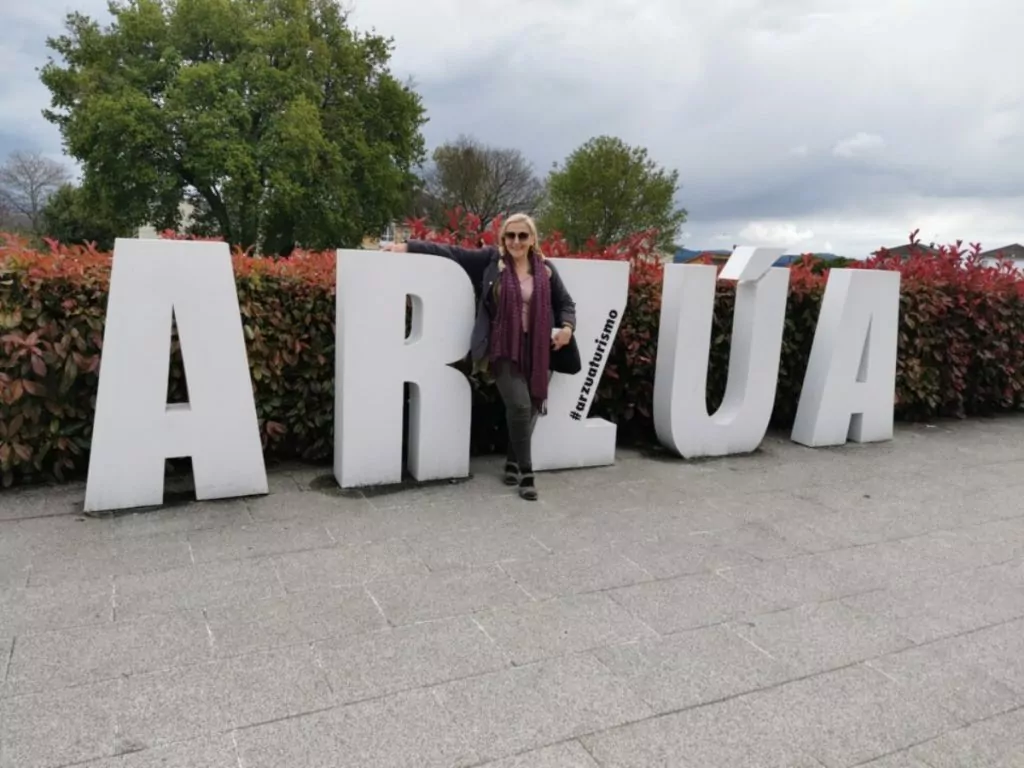
Walking the Pilgrimage Route to Santiago de Compostela is a journey that goes far beyond a simple hike. It is also a spiritual and self-development journey in true Galicia, following the historical traces of pilgrims from all over the world. I decided to follow this ancient path, known as the French Wall, and I did it with a friend.
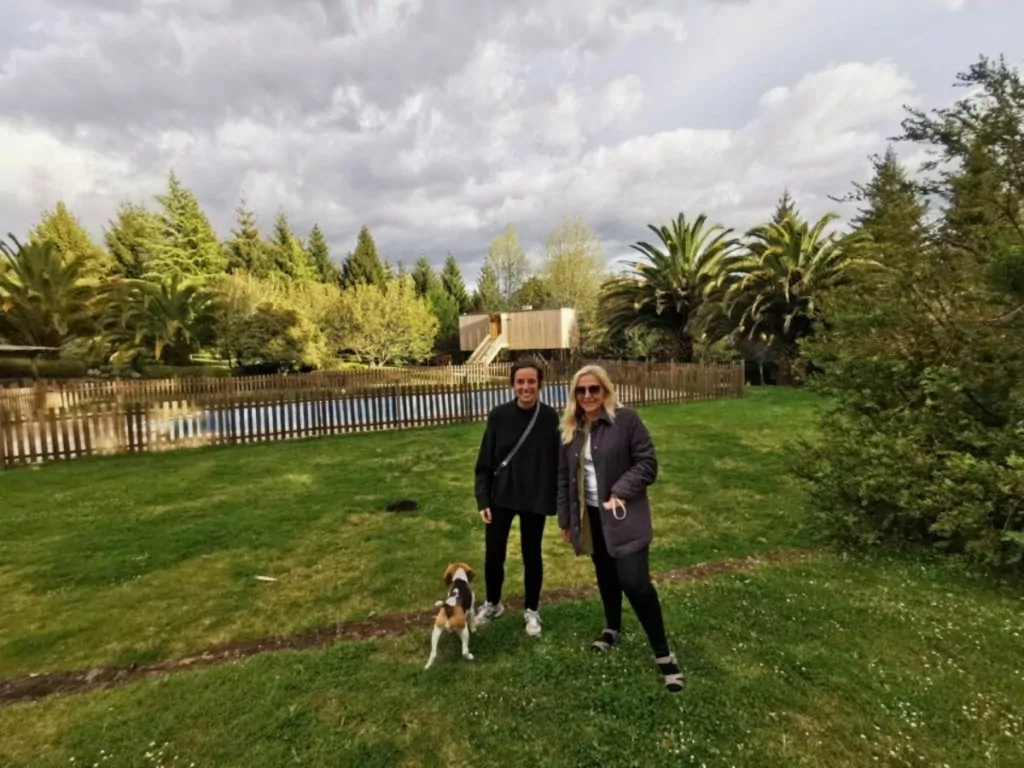
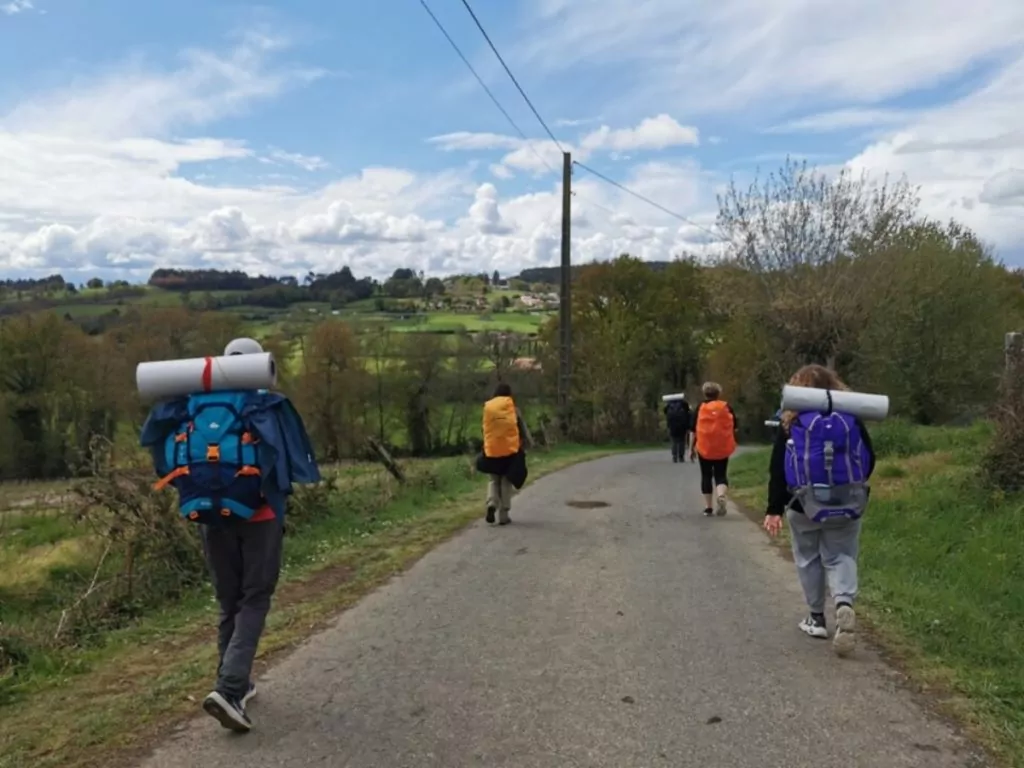
The history of the Pilgrimage Route to Santiago de Compostela stretches back over thousands of years. If you don't know much about this pilgrimage, it is a journey that has attracted people of all faiths and cultures. Pilgrims walk to the Cathedral of Santiago de Compostela to honour the Apostle James the Elder, whose remains are said to be buried there. During the Middle Ages, this route flourished as a major pilgrimage route through Europe.
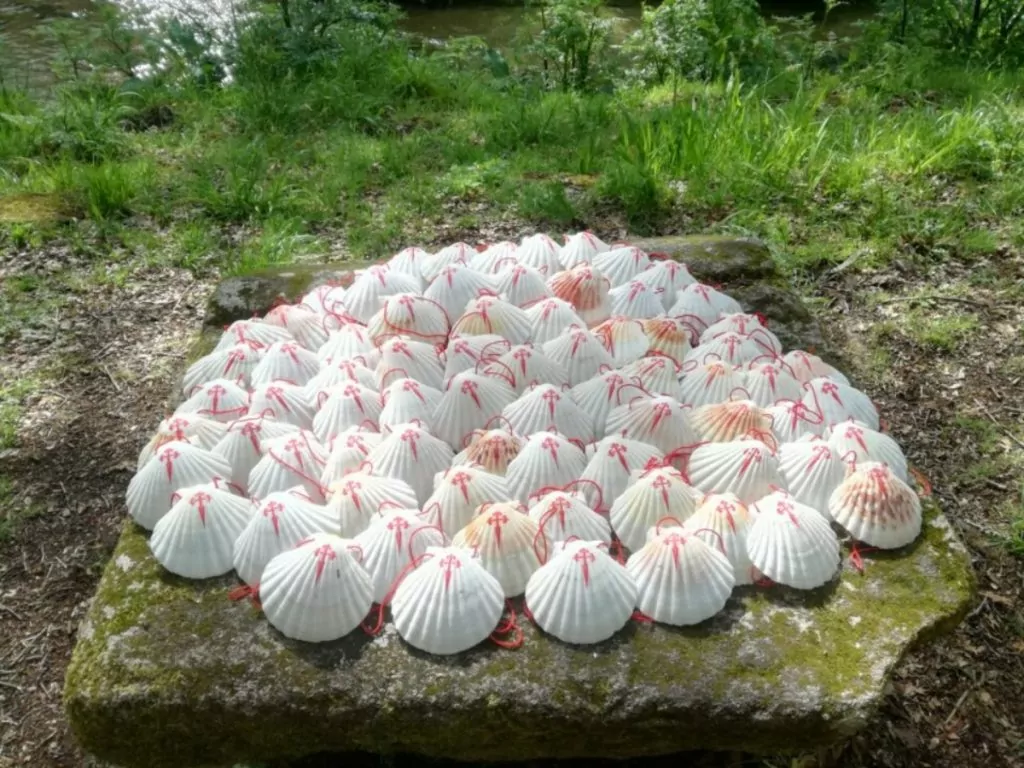
Our journey began with excitement and a sense of adventure. We had heard about the amazing views, rich history and wonderful people along the way and it was true.
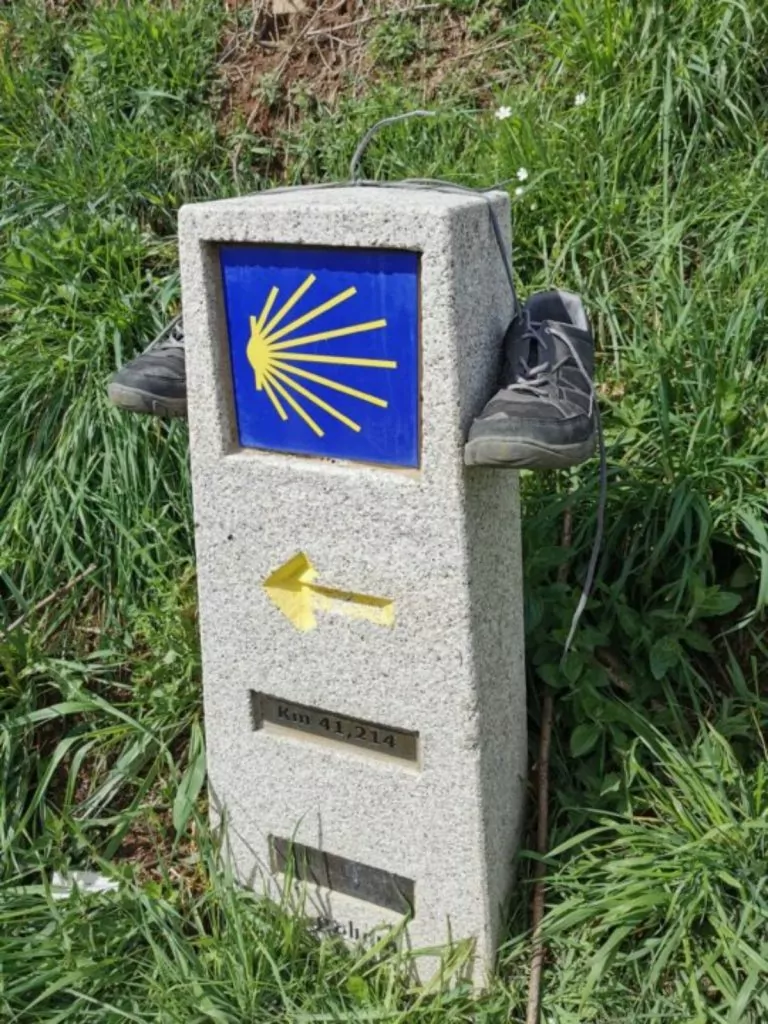
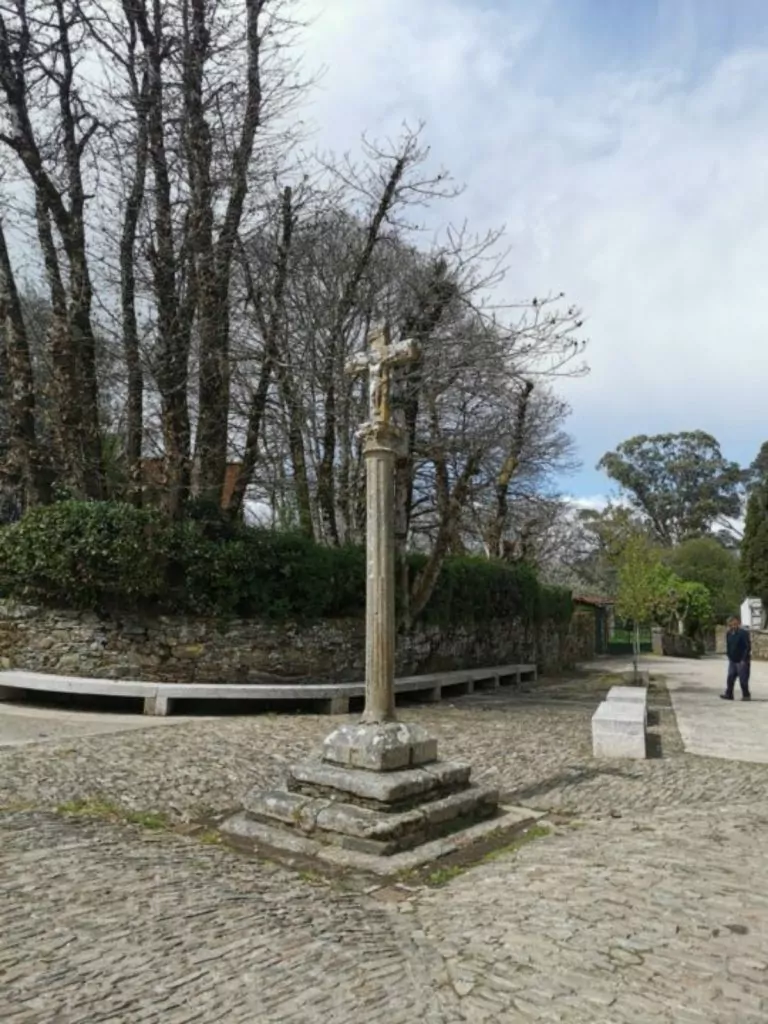
Not only did we have a sense of security because everything was well organised, we also helped each other find the perfect boutique hotel in each city we visited. Each hotel was unique and full of character, adding an extra dimension to our trip.
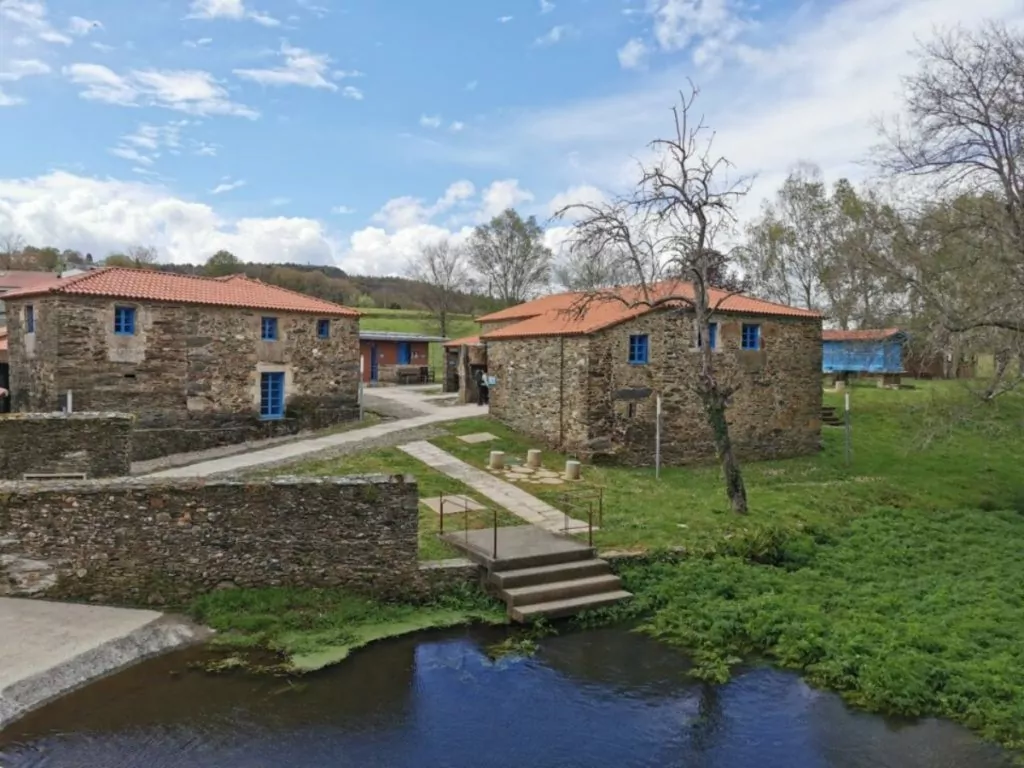
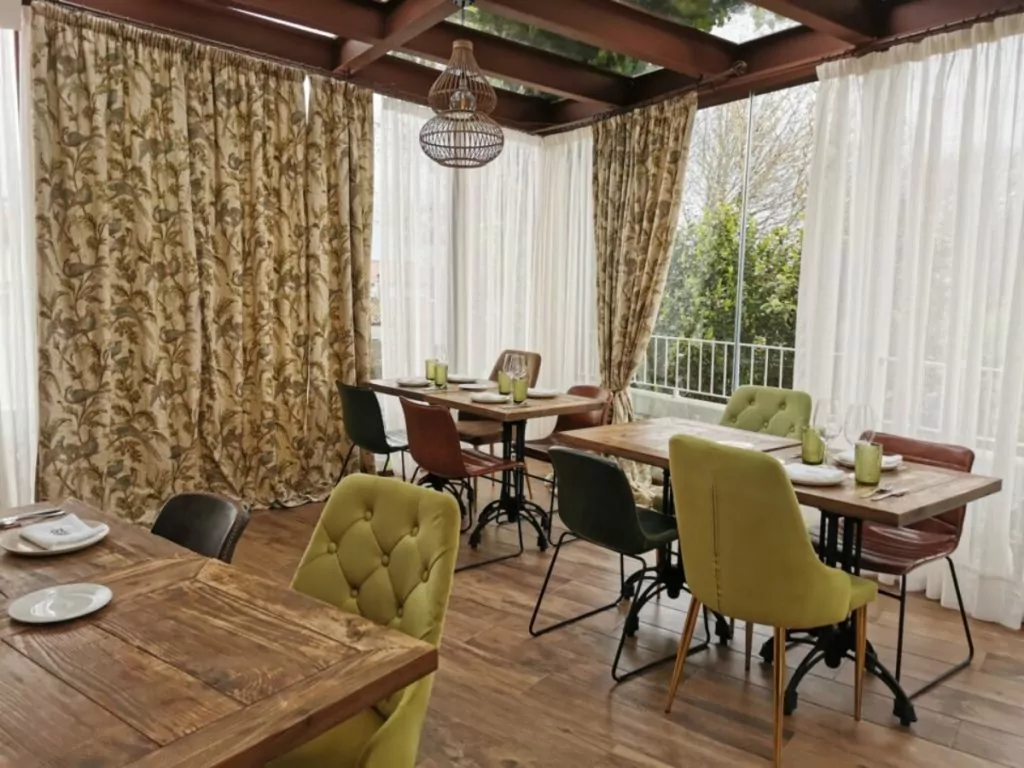

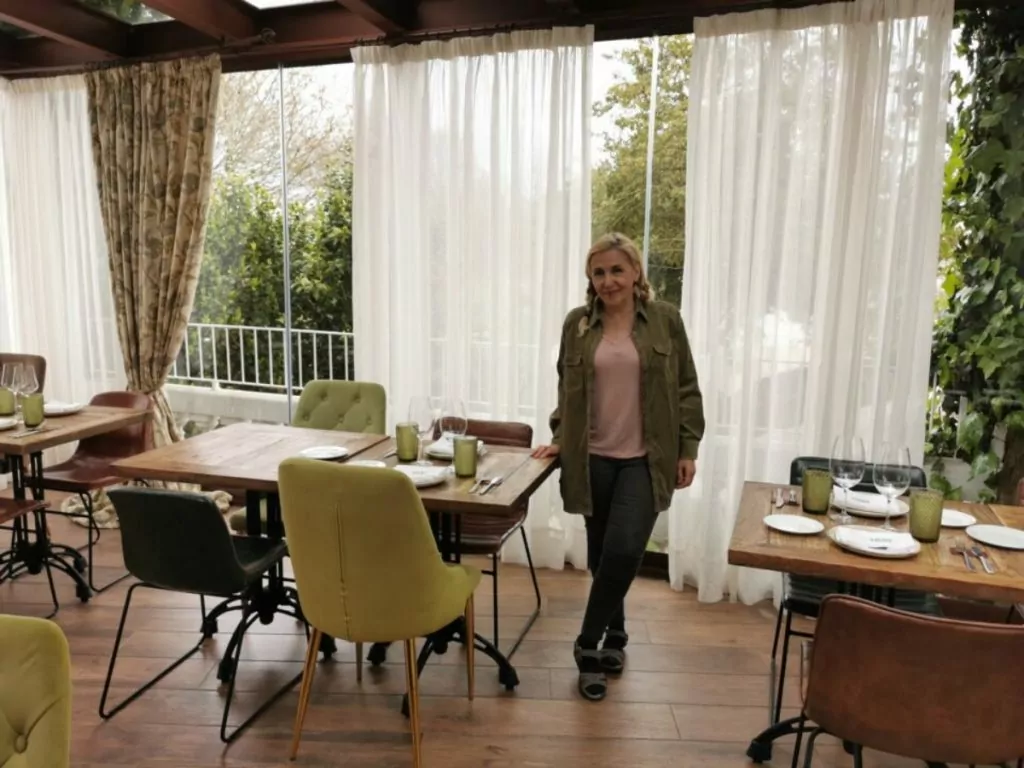
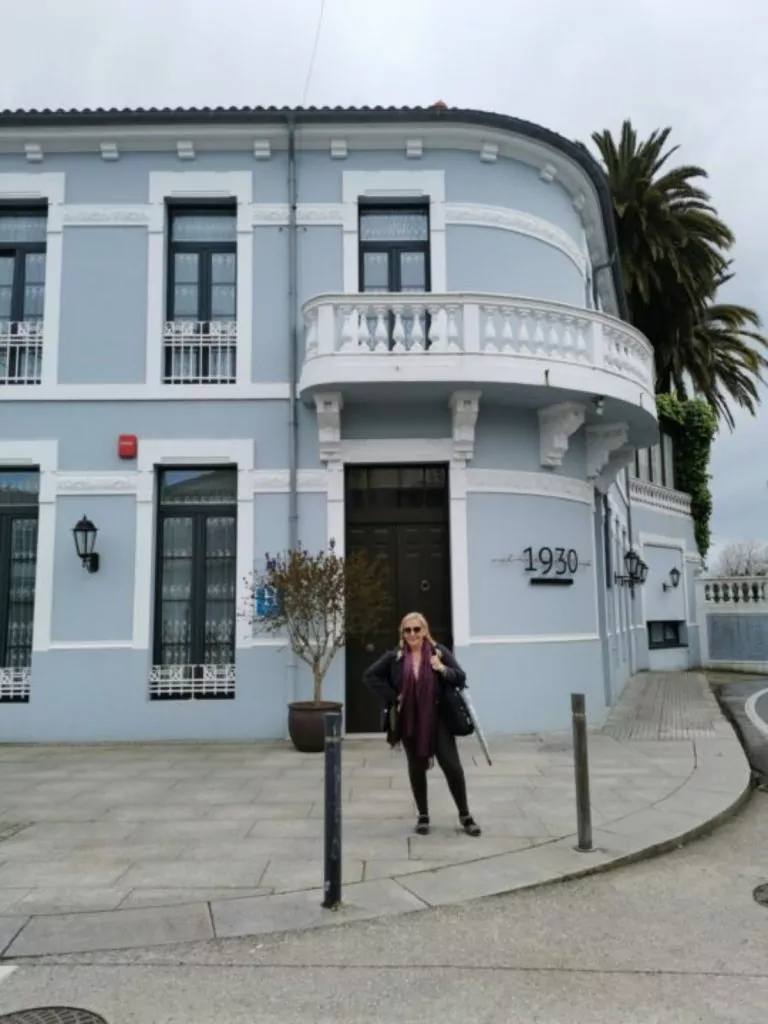
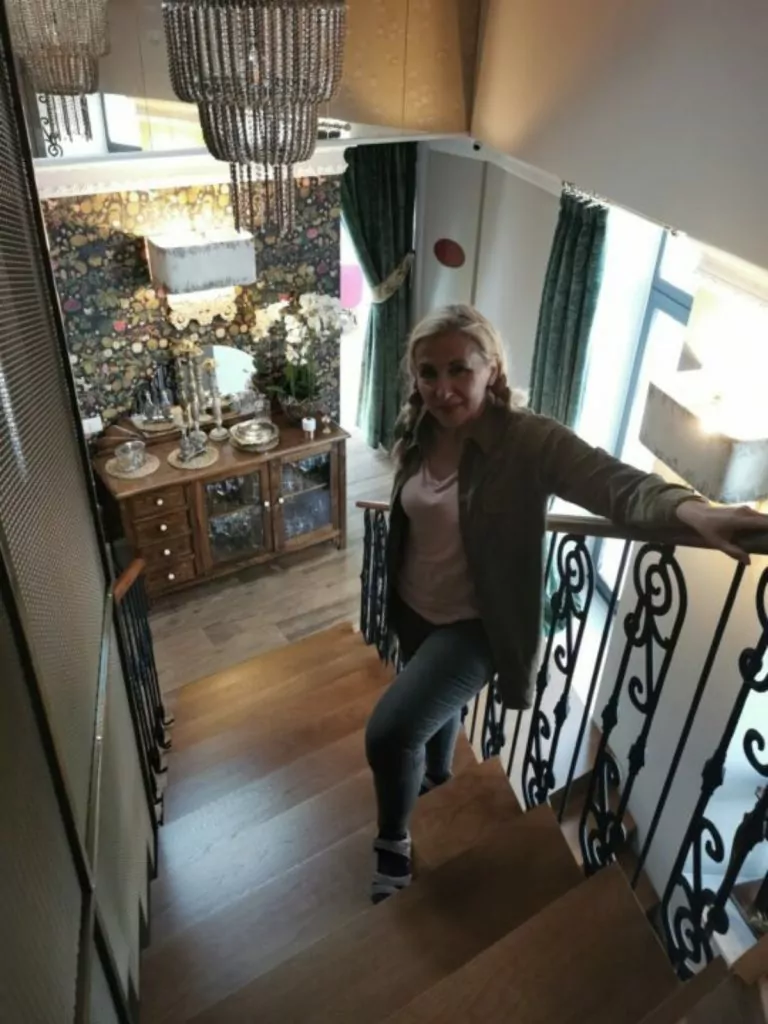

However, what really made our Pilgrimage memorable was the nature, the green landscape and the food. Galicia is known for its rich and earthy cuisine, and we were spoilt with local delicacies. From fresh seafood to succulent meat dishes and the most delicious cheeses, every meal was a flavourful experience.
We tried traditional dishes such as pulpo a la gallega (octopus), 'lacón con grelos' (cabbage and pork) and empanadas (stuffed pies). We realised together that Galician food was not only nourishment for the body but also for the soul.
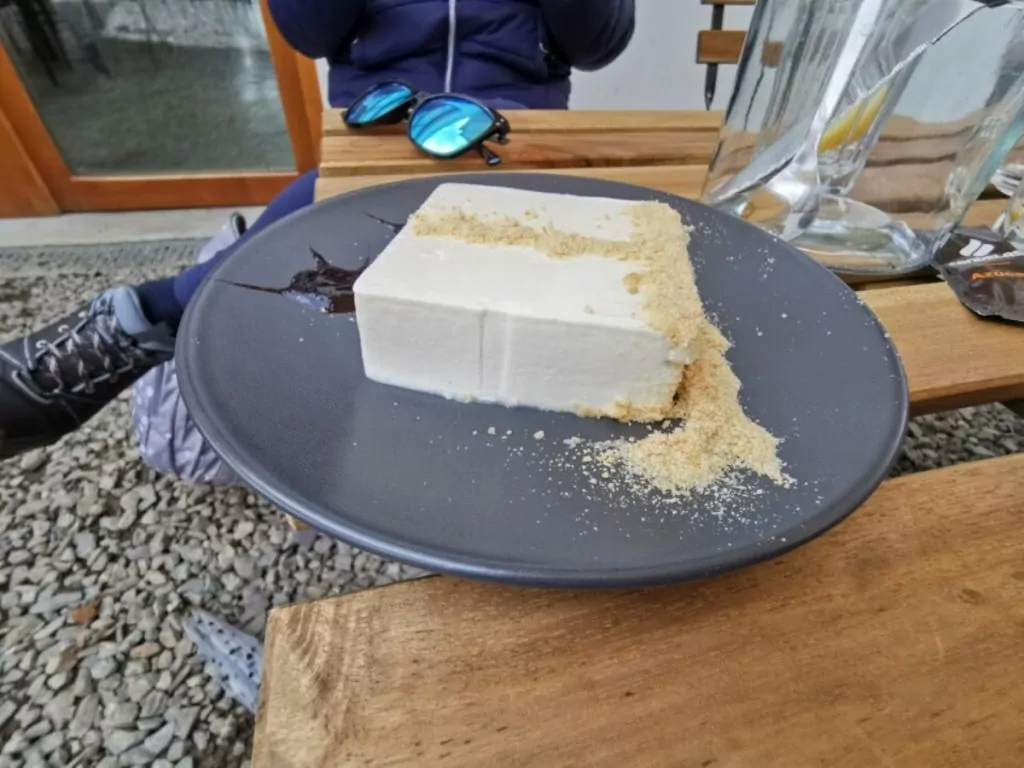
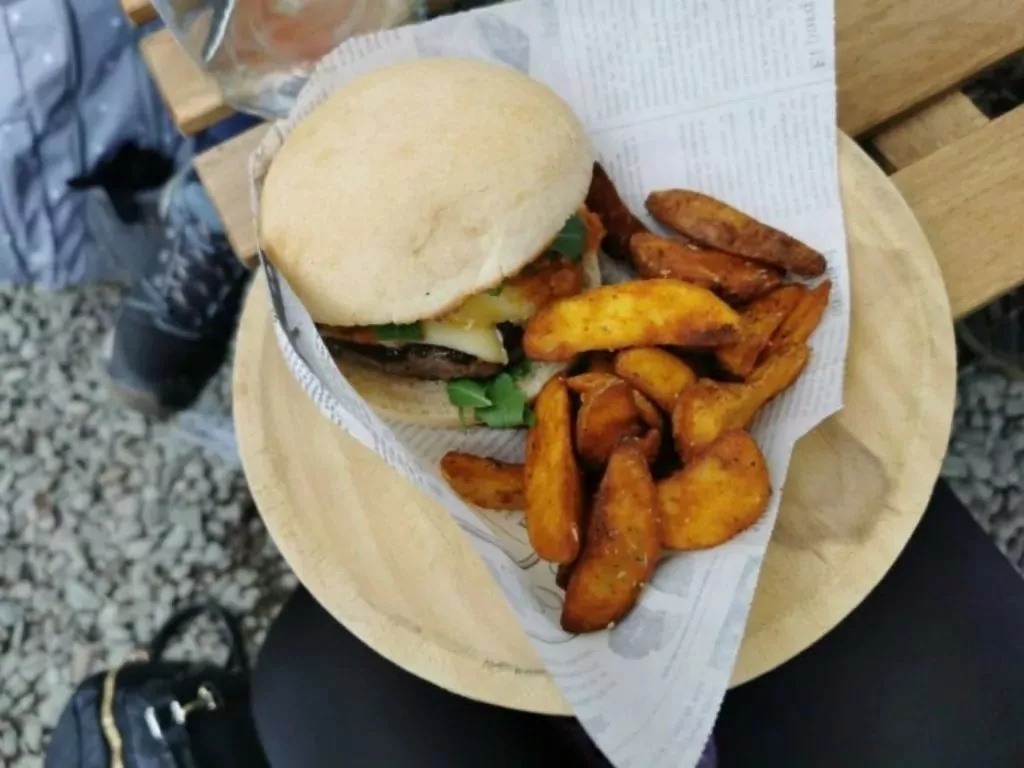
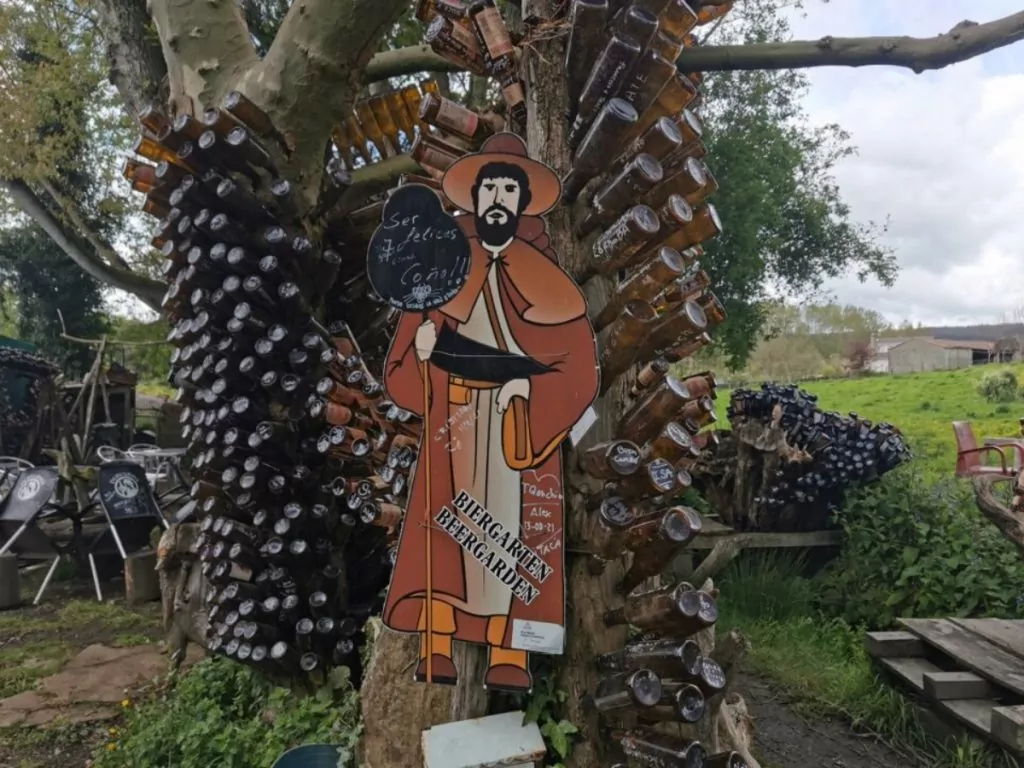
Doing this path together with a close friend made it even more meaningful. We shared the challenges and joys, the quiet moments and the lively conversations that arose during our daily walks. It was a time for thought and reflection, and we got to know ourselves better in the process.
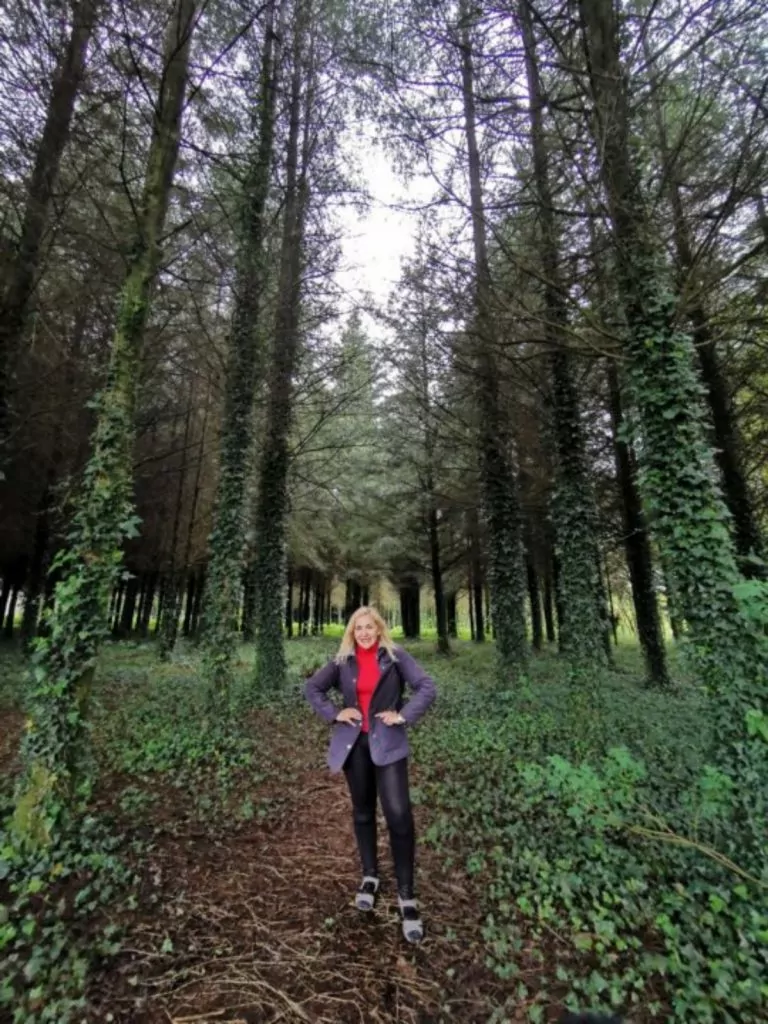
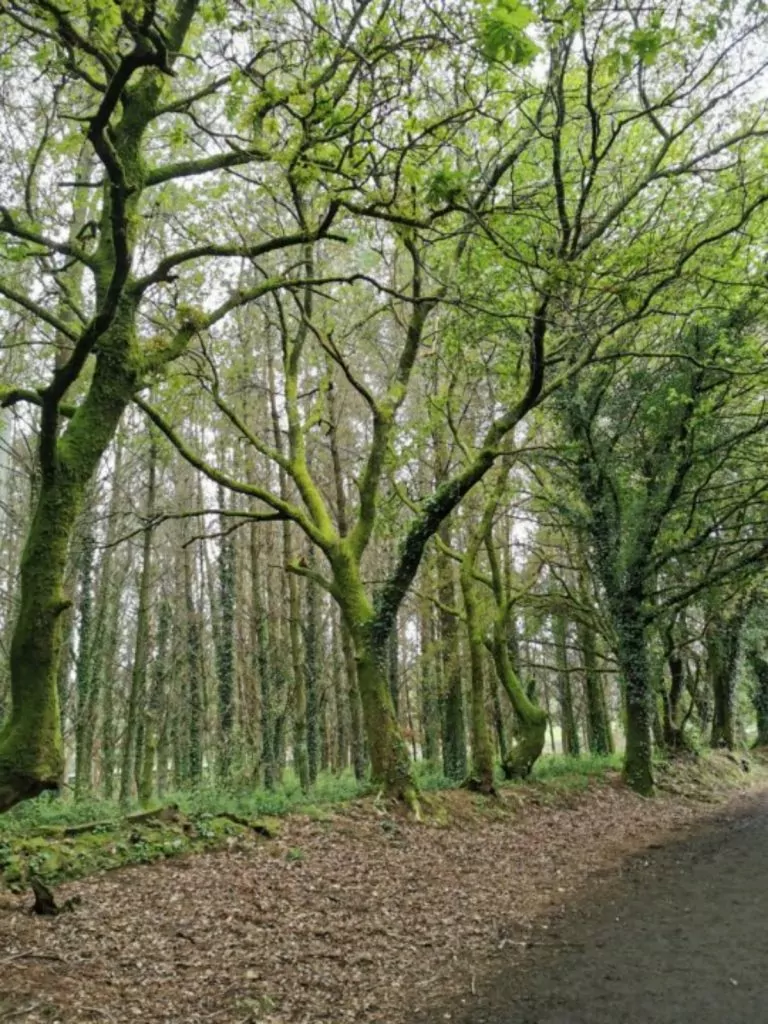
The pilgrimage to Santiago de Compostela is not only a journey for the body but also for the soul. It takes you through breathtaking landscapes, historical sites and gives you the opportunity to explore your inner journey. I really recommend doing the route to everyone regardless of your faith, it is a journey for everyone.
Our journey ended with the arrival at the Cathedral of Santiago de Compostela. Seeing the impressive building after months of walking was a tremendous sense of achievement. But even more important was the inner peace and insight we had gained during our time on the Pilgrimage. How tired we were!
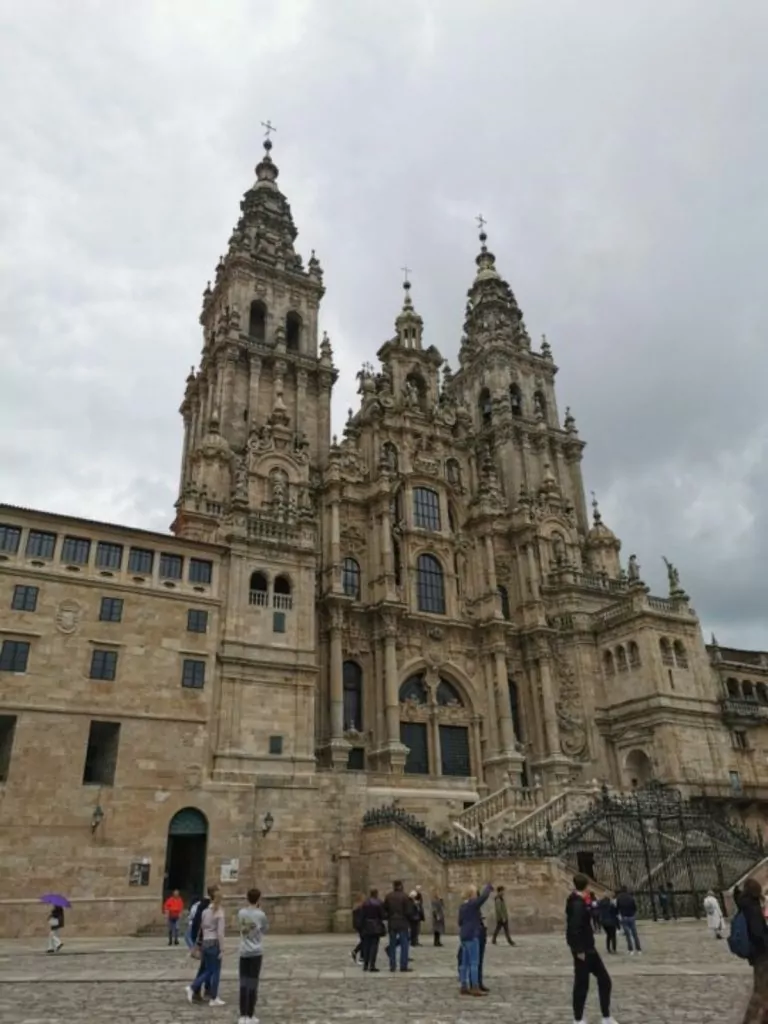
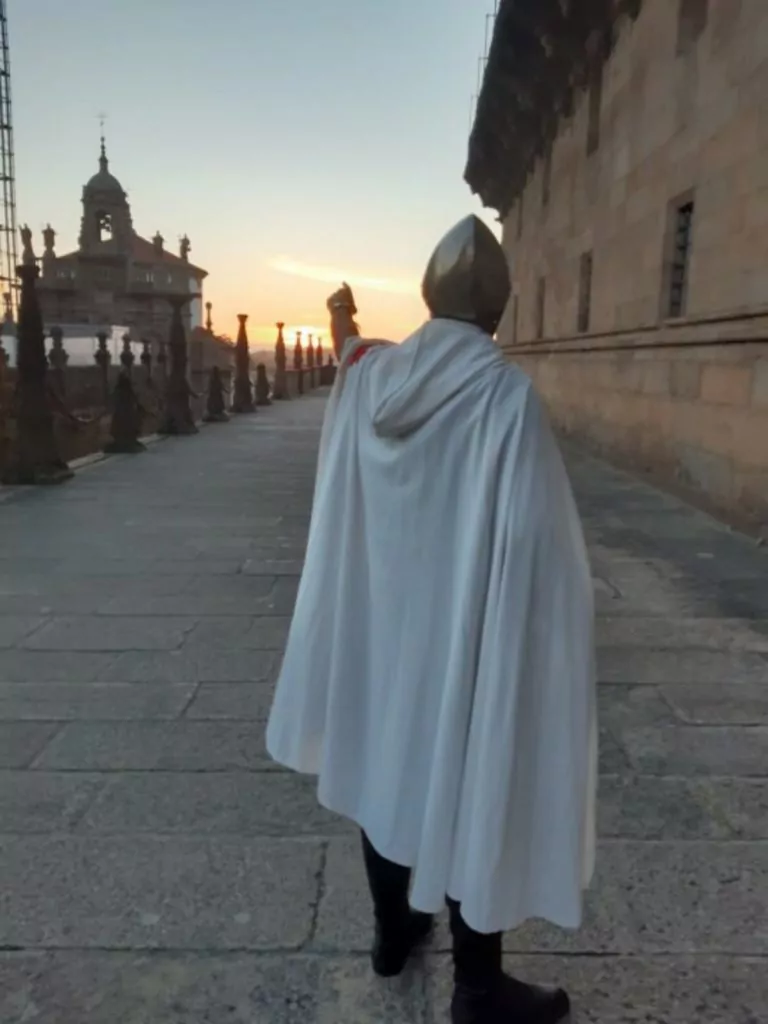
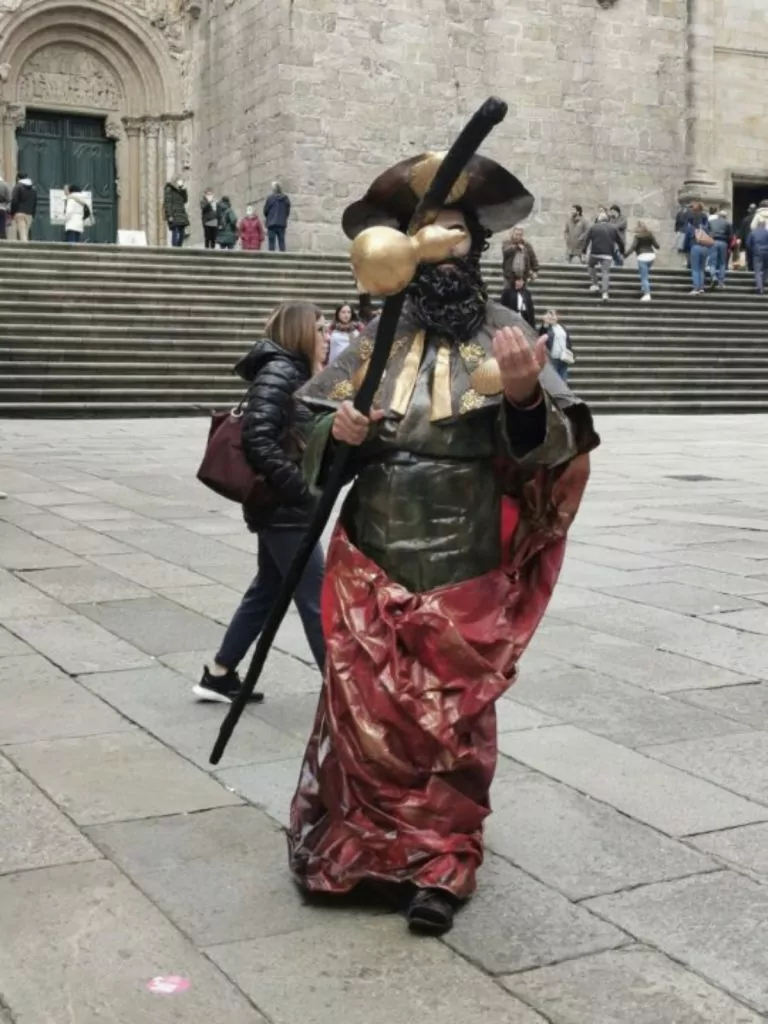
The pilgrimage to Santiago de Compostela is an experience that will stay with me for the rest of my life. It has taught me that the journey itself is precious, and that every step we take can be a journey of insight and self-development. I am grateful that I shared this journey with a close friend and that we helped each other to make it a memorable experience.
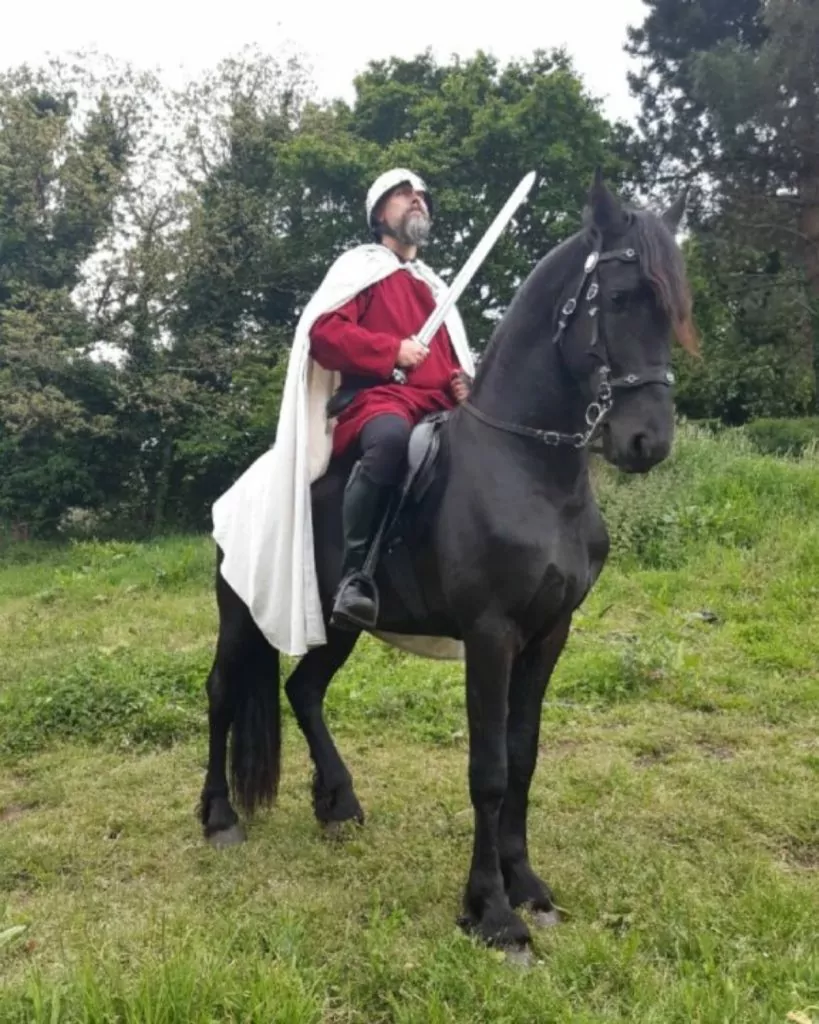
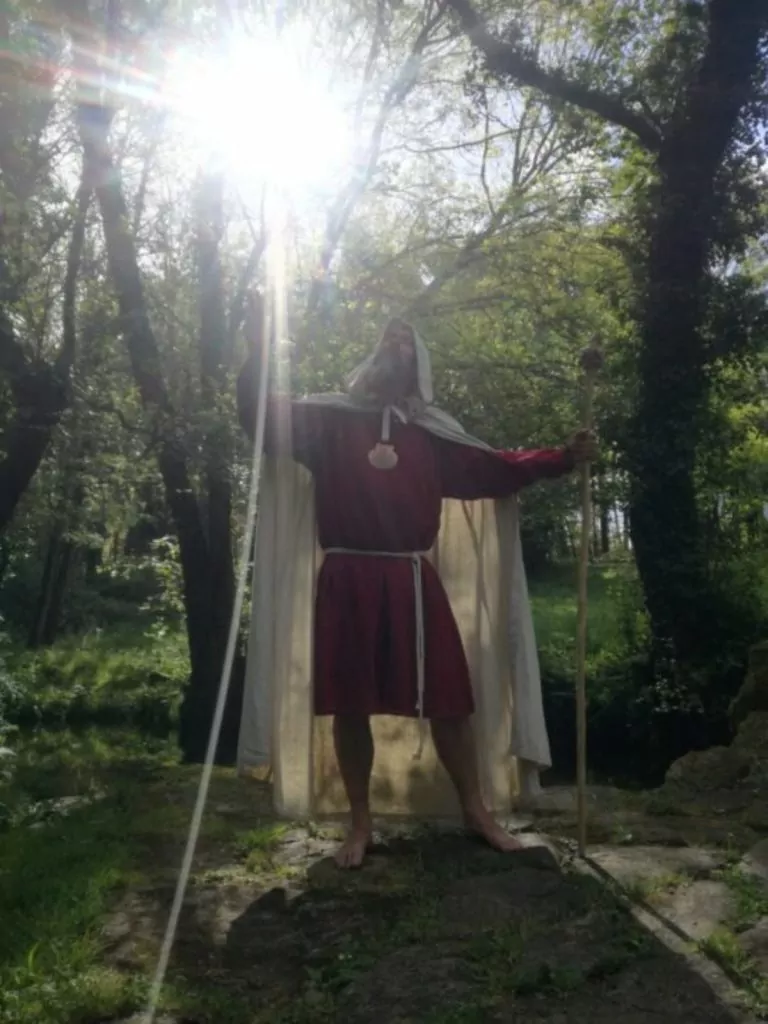
We greet each other with the words "Buen Camino" on the way!
¡Buen Camino & Feelgood!
Facts about the pilgrimage route to Santiago de Compostela
- Start: The pilgrimage route to Santiago de Compostela can start from various places, but the most famous and traditional starting point is the French Route, which begins in the town of Saint-Jean-Pied-de-Port in France. There are also other routes such as the English Way and others.
- Stop: The pilgrimage ends at the cathedral of Santiago de Compostela in north-west Spain, where pilgrims traditionally visit the cathedral's holy tomb.
- Total length: The total distance varies depending on which pilgrimage route you choose, but the French Route is about 800 kilometres long. Walking 100 kilometres is enough to get credit for doing the Way, but there are other variations.
- Number of daily stages: The number of daily stages depends on your own physical fitness and how far you are comfortable walking each day. In general, it takes around 30-35 days to walk the entire French Trail.
- Level of difficulty: The level of difficulty varies depending on your own physical ability and the pilgrimage route you choose. The French Trail includes hilly terrain and requires a moderate to good physical condition. It is important to be prepared to walk long distances every day.
- Best season: The most popular time to walk the pilgrimage route is during spring and autumn (April to October), when the weather is usually mild and the roads are open. The summer months can be very hot, which can be challenging.
- Booking/planning: Usually you don't need to book in advance to walk the Pilgrimage Route, but it can be wise to book accommodation in the major cities along the route, especially in high season. You can plan your trip yourself or use a tour operator specialising in the pilgrimage to help with logistics and accommodation. It is important to have the "Credencial del Peregrino," which you stamp at various points along the way to prove your pilgrimage. This is required to obtain the pilgrimage certificate (Compostela) when you reach Santiago de Compostela. Getting a stamp usually requires that you have walked at least 100 kilometres, but there are other criteria as well.


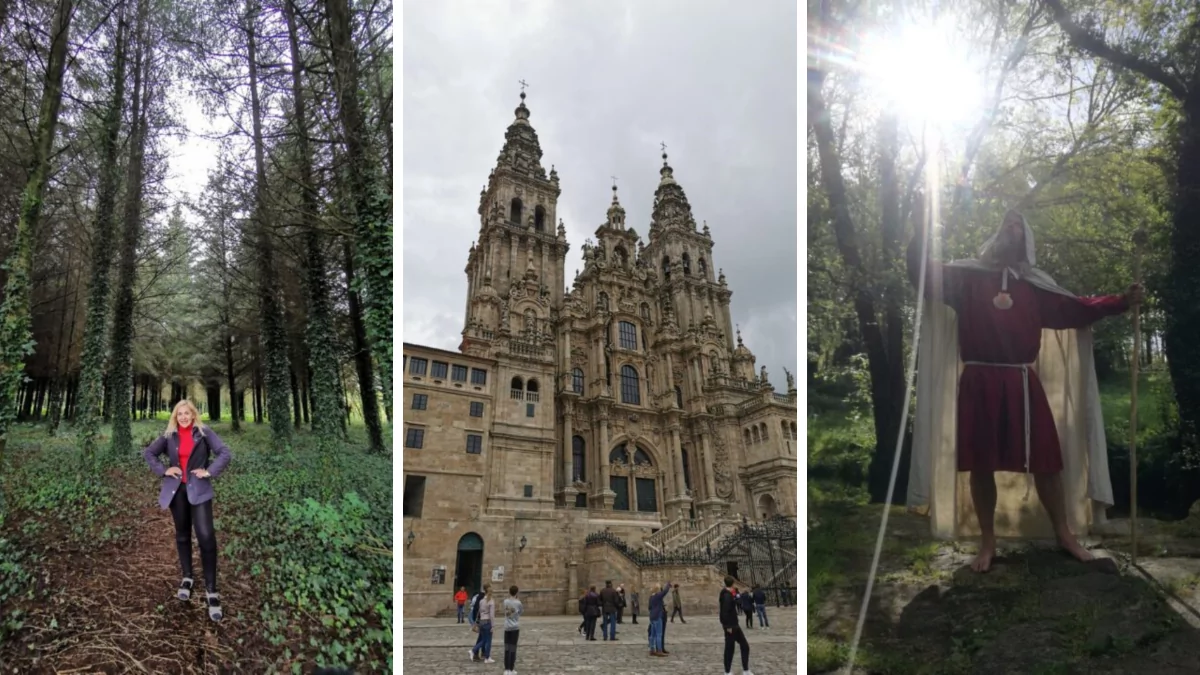









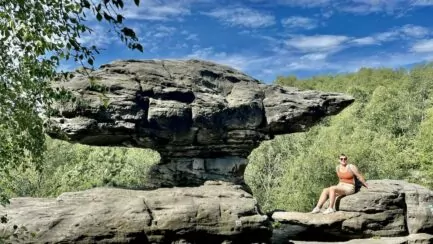

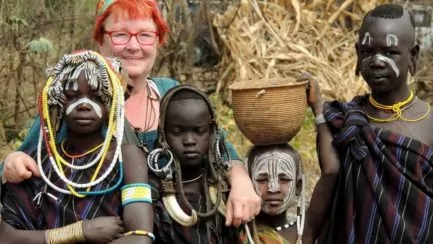
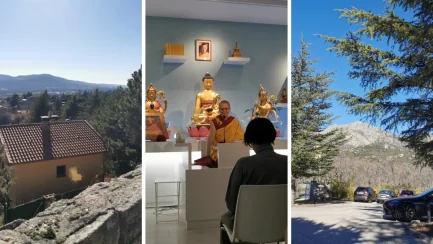
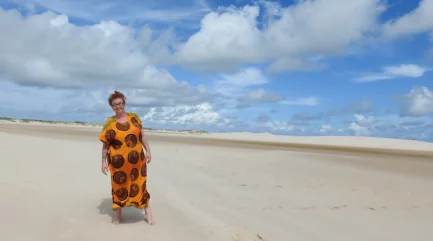



Lena - good for the soul says:
What an interesting read. I had thoughts of joining the trail 6-7 years ago when I was single. Then I met my partner 🙂 He certainly did not stop me, but it was other things that got my focus 😉.
Hug Lena
04 November 2023 - 7:57